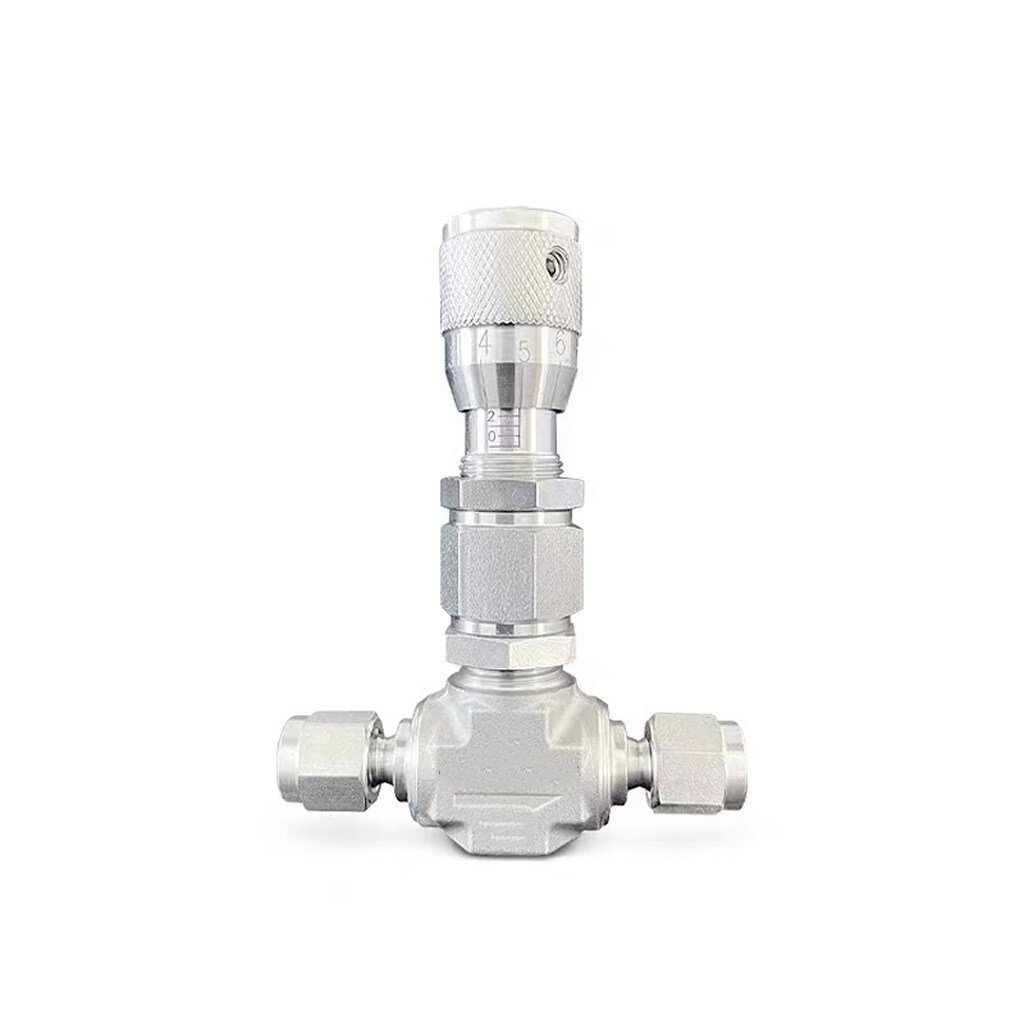Email format error
Email cannot be empty
Email already exists
6-20 characters(letters plus numbers only)
The password is inconsistent
Email format error
Email cannot be empty
Email does not exist
6-20 characters(letters plus numbers only)
The password is inconsistent

GAUGES Valves
GAUGES Valves
(1)Instrumentation fittings and valves are specialized components used in various industries, including oil and gas, chemical processing, and power generation, among others. These fittings and valves are designed to connect and control instruments and gauges used in process control and measurement.
Instrumentation fittings are used to connect tubes and pipes to instrumentation devices such as gauges, transmitters, and flow meters. These fittings are typically made of materials such as stainless steel, brass, and other alloys and are designed to withstand high pressure and temperature conditions. Common types of instrumentation fittings include compression fittings, push-to-connect fittings, and bite-type fittings.
Instrumentation valves, on the other hand, are used to control the flow of fluid or gas in process control systems. These valves are designed to operate at high pressure and temperature conditions and are made of materials such as stainless steel, carbon steel, and other alloys. Common types of instrumentation valves include ball valves, needle valves, and check valves.
Instrumentation fittings and valves play a critical role in maintaining the integrity and efficiency of process control systems. These components must be carefully selected and installed to ensure reliable and accurate performance. In addition, regular maintenance and calibration are necessary to ensure that instrumentation systems remain accurate and reliable.
In summary, instrumentation fittings and valves are essential components in various industries, including oil and gas, chemical processing, and power generation. These components are designed to connect and control instrumentation devices and ensure the reliable and accurate measurement and control of process parameters. Careful selection, installation, and maintenance are necessary to ensure their reliable and accurate performance.
Stainless steel SS316 double tube joint fine-tuning Valves micro-regulating Valves metering control Valves
The stainless steel fine-tuning valve's features include high precision, small size, dependable operation, and effective sealing. Its structural design is reasonable, and it has a lovely look. It is employed in the vacuum system to modify the degree of vacuum and gas flow. Turning the adjusting knob by hand moves the high-vacuum manual fine-tuning valve into action, and thread transmission moves the valve needle up and down. The valve's medium can be either air or a small quantity of corrosive gas.


